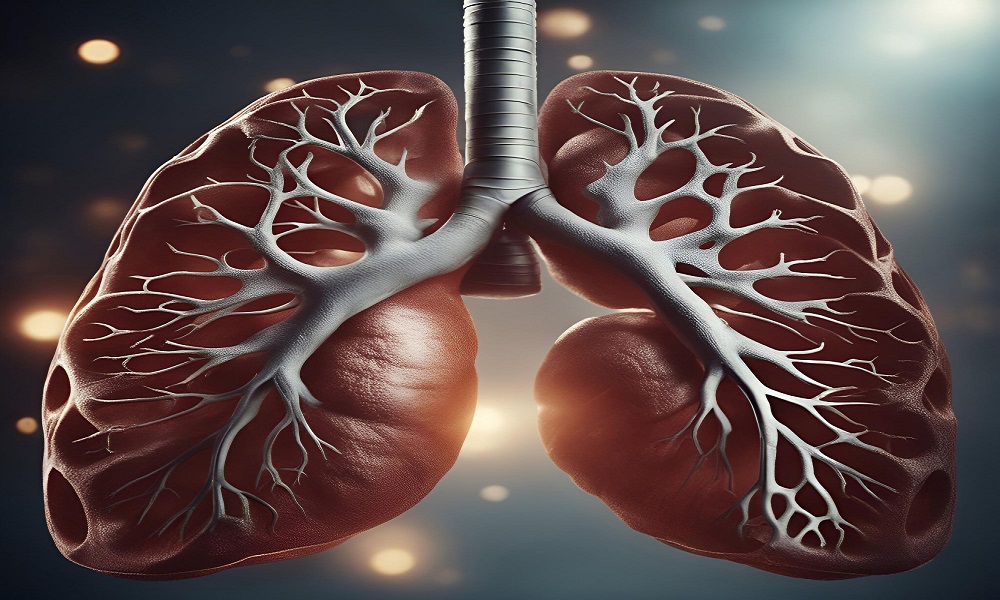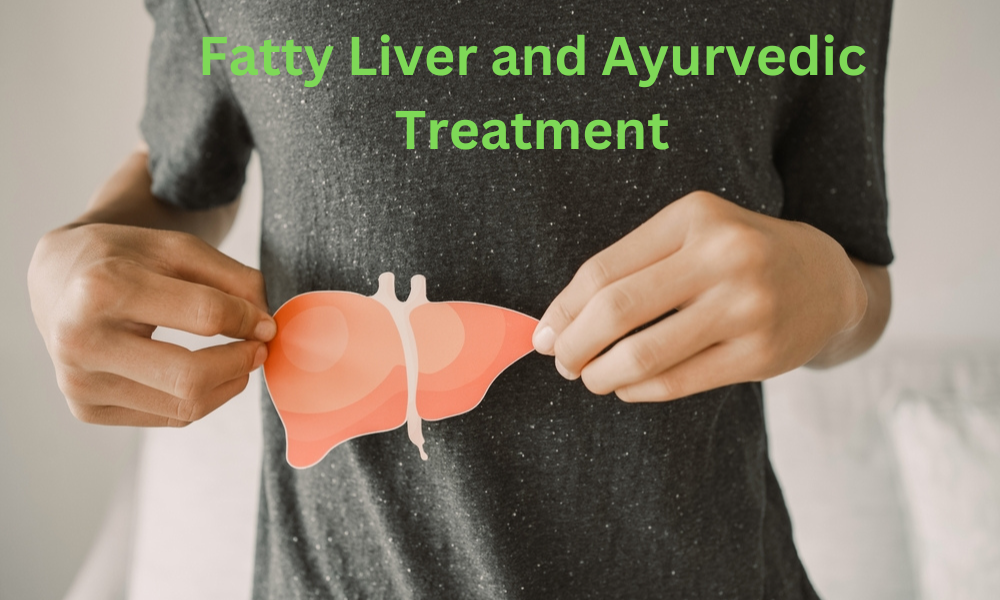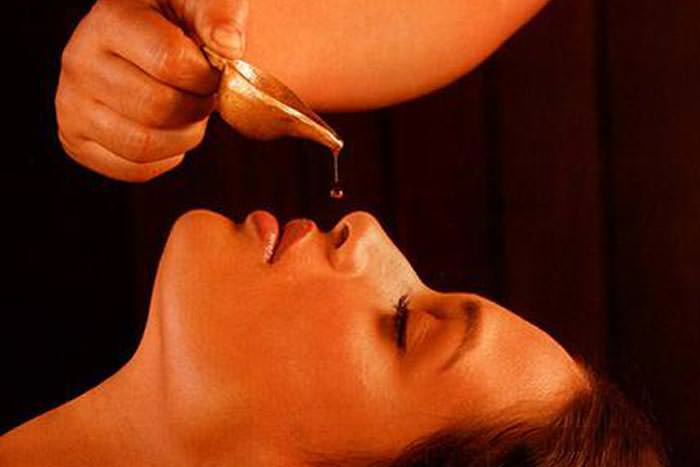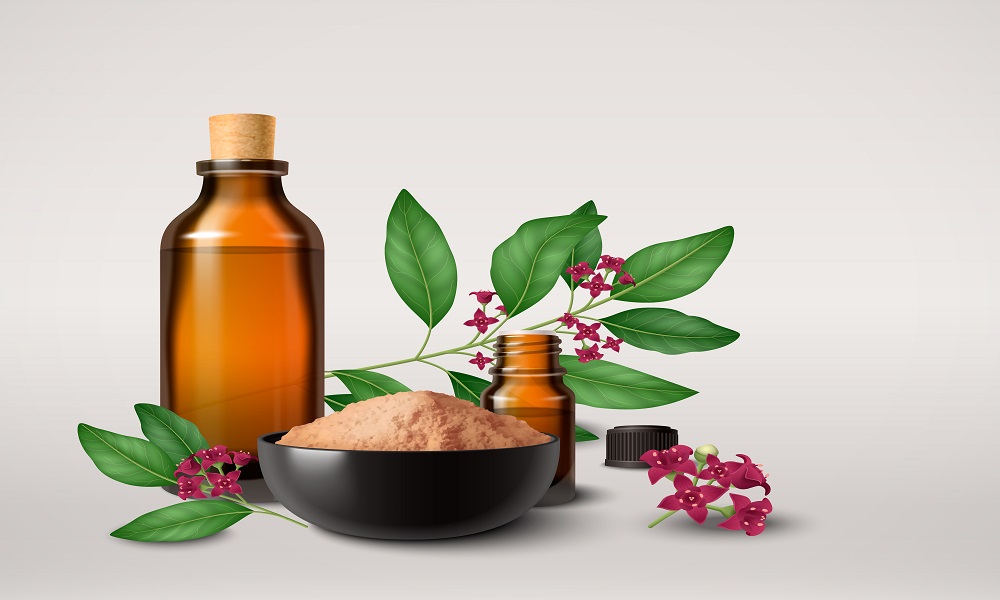Idiopathic Pulmonary Fibrosis – Causes, Ayurvedic Treatment
By: Nimba - April 19, 2024
Rare among lung diseases, pulmonary fibrosis is characterized by the thickening and scarring of lung tissues. Fibrosis refers to these lesions. “Pulmonary fibrosis” is referred to as “idiopathic” because the etiology of this condition remains undetermined. It is therefore referred to as idiopathic pulmonary fibrosis.
This condition is critical in nature and can impact individuals of any stage of life. Respiratory failure, pulmonary embolism (development of blood clots in the arteries supplying nutrients to the lungs), lung cancer, cardiac failure, and pulmonary hypertension may result from improper IPF treatment. In contrast to women, males aged 50 years and above exhibit a higher incidence of IPF infection.
Pulmonary idiopathic fibrosis symptoms
According to the severity of the disease, the manifestation of symptoms in individuals with idiopathic pulmonary fibrosis may differ. IPF patients frequently exhibit the following indications and symptoms:
- Dry cough that persists
- Severe respiratory distress
- The slumber
- Chest constriction.
- The (loss of)
- Joint and muscular discomfort
- A finger-clubbing motion
- The organs emit an abnormal sound.
The cause of idiopathic pulmonary fibrosis is unknown:
Idiopathic pulmonary fibrosis remains puzzling in terms of its precise etiology. Physicians hypothesize, however, that exposure to a variety of environmental factors and pollutants can significantly heighten the risk of contracting IPF. There are various risk factors that can contribute to the development of pulmonary fibrosis, including heavy cigarette use, and exposure to silica, stone, wood, metal, and agricultural product dust.
A familial history of interstitial lung disease in one or more members characterizes more than 25% of patients with IPF. According to medical professionals, IPF may also be attributed to a number of hereditary factors. Global Esophageal reflux disease affects approximately 70% of IPF patients, according to some reports. Still, the connection between the two remains ambiguous.
Do you know how to identify idiopathic pulmonary fibrosis?
Immediately seek medical attention at a medical clinic if you suspect you have symptoms consistent with idiopathic pulmonary fibrosis. A CT scan, chest X-ray, exercise testing, pulse oximetry, lung function test, skin test for tuberculosis, and test reports, in addition to your medical history and physical examination, will be utilized by the physician to diagnose IPF. Due to the similarity of its symptoms to those of chronic obstructive pulmonary disease, congestive heart failure, and asthma, all of these diagnostic techniques can be utilized to identify IPF. Treatment should be initiated promptly following a physician’s diagnosis of IPF in order to prevent the condition from progressing to a critical state.
What is the Ayurvedic treatment for idiopathic pulmonary fibrosis?
Immediate initiation of treatment is imperative for idiopathic pulmonary fibrosis following diagnosis. Herbs represent a highly efficacious and naturally transpiring method for the treatment of this ailment. Utilized to treat a wide variety of ailments, herbs are naturally occurring medicinal plants. Although botanicals have the potential to soothe idiopathic pulmonary fibrosis, they are particularly useful in the treatment of this condition.
Simplyicia Adhatoda (VASAKA)
Vasaka imparts relief from excessive mucus secretion, asthma, sinusitis, bronchitis, and numerous other respiratory maladies by virtue of its expectorant, anti-inflammatory, and antibiotic characteristics, in addition to aiding in the management of idiopathic pulmonary fibrosis, cough, common cold, and influenza.
CUCUMA LONGA (HALDI)
Popular in nearly every Indian kitchen as a seasoning, haldi is a well-known herb owing to its numerous medicinal applications. Idiopathic pulmonary fibrosis, congestion, running sinuses, rheumatoid arthritis, cardiovascular diseases, and other health conditions are among the many conditions that can be effectively treated with the active ingredient curcumin found in haldi.
Maximum Tenuifolium (TULSI)
In addition to antipyretic and anti-inflammatory properties, Tulsi, the sacred plant of India, possesses numerous other health benefits. Tumeric herb supplementation alleviates a variety of conditions, including asthma, cold, cough, idiopathic pulmonary fibrosis, malaria, dengue, and more, while also removing contaminants from the body and reducing systemic inflammation. Additionally, tulsi enhances the functionality of the immune system by fortifying it.
Glabra LINN (GLYCYRRHIZA) MULETHI
As an all-encompassing remedy for respiratory complications, mulethi is regarded as a panacea. Antibiotic, anti-inflammatory, and antiasthmatic properties are also present in these botanicals, which are crucial in the treatment of influenza, cough, cold, and numerous respiratory diseases. Lung tissue is revitalized and overall lung health is improved by Mulethi.
Official Ginger Zingiber
Antibacterial and viral infections are both susceptible to the antimicrobial properties of ginger. Beneficial in promoting pulmonary function, specifically expansion and contraction, it functions as a natural expectorant. For the general health of the airways, this herb may be utilized.
Fujica integerrIMA (KAKARSINGI)
The herb Kakarsingi is exceedingly beneficial for a variety of respiratory ailments. Mucus is removed from the trachea, lungs, bronchi, and respiratory airways by this pungent and bitter-tasting substance. In addition to fortifying the respiratory membranes’ inner linings, this herb impedes the development of numerous lung diseases.
Official Plant Lifer (LUNGWORT)
Lungwort herb has been found to be an effective treatment for chronic bronchitis, asthma, and idiopathic pulmonary fibrosis. This herb inhibits the growth of microbes in numerous anatomical sites due to the antibiotic properties it possesses. Explore the comprehensive approach to well-being at Nimba Nature Cure, where you will learn about the efficacy of Ayurvedic treatment for pulmonary fibrosis. Commence the process of recovery by scheduling a consultation immediately.
Idiopathic pulmonary fibrosis can be treated naturally and without adverse effects with the aid of herbal remedies formulated by Life Aveda using the aforementioned herbs. Without any synthetic additives, preservatives, colors, or binders, each of these herbal remedies functions in its own right. Consequently, they are entirely herbal and unadulterated. These remedies can be consumed with relative ease to eliminate a variety of respiratory ailments.
Herbal Anti-IPF
Premium Security Lung Remedies
This formulation has been formulated to protect the airways against a range of diseases, such as idiopathic pulmonary fibrosis and asthma, as mentioned in the name. Present in these capsules are extracts of the highest quality from Kakarsingi (Pistacia integerrima), Vasaka (Justicia adhatoda), Tulsi (Ocimum basilicum), Mulethi (Glycyrrhiza glabra linn), and others. These extracts have the potential to treat a variety of lung diseases and promote lung health. In addition to promoting lung health, these capsules suppress an excessive production of mucus, alleviate symptoms of cold, cough, and fever, and diminish symptoms of inflammation, edema, pruritus, and cutaneous edema.
Follow the instructions of a physician or take two capsules twice daily with normal water after meals:
DROPS OF TULSI
Life Ban tulsi, Sweet tulsi, Ram tulsi, Kali tulsi, and Kapoor tulsi are all purported to be of the highest quality in Aveda’s Tulsi drops. The normal functioning of all bodily systems, prevention of stress, anxiety, and depression, elimination of hazardous toxins, and blood detoxification are all benefits associated with these drops. Truly remarkable in its multitude of health benefits, tulsi is an exceptional botanical. Each time after or before a meal, take 5 to 6 drops twice daily with normal water.
-95% CAPSULES OF CURCUMIN
Curcumin (Curcuma longa) herb extract of superior quality, containing 95% active alkaloid, is utilized in the production of Curcumin capsules at Life Aveda. Idiopathic pulmonary fibrosis, in addition to a multitude of other bodily ailments, can be effectively treated with the aid of these capsules. The strengthening of the immune system and protection against a wide range of maladies are facilitated by curcumin capsules. After meals, two capsules should be taken twice daily with normal water. Unlock the power of Ayurveda for pulmonary fibrosis treatment at Nimba Nature Cure. Begin your journey towards better respiratory health by scheduling your consultation now.
Additional Avoidable Precautions
It is imperative to adhere to preventive measures for a sped-up recovery in addition to utilizing the aforementioned herbal remedies. These measures are preventable: Smoking continuously can exacerbate your condition, so cease smoking immediately. Radiation-exposed patients who have developed IPF must avoid further contact with hazardous toxic substances and radiation. Perform regular physical activity. Blood and oxygen delivery to the cells of the body will be enhanced. Incorporate a variety of valuable nutrients, including vitamins and minerals, into your diet. Embracing a wholesome lifestyle is strongly recommended. Alcohol abuse should be avoided at all costs.
The lungs are an essential organ of the human body. Conscious living necessitates their condition of good health. Lung health is a prerequisite for respiration. Aside from that, only mortality exists. IPF, which can lead to respiratory failure and fatality, is an exceedingly perilous ailment. However, for a natural restoration of healthy lungs, the aforementioned herbal remedies will be of assistance. Without causing adverse effects, these remedies demonstrate their efficacy and are entirely natural.
At Nimba Nature Cure, we combine old Ayurvedic knowledge with the latest medical advances to make treatment plans that are unique to each person. To treat pulmonary fibrosis from different directions, our team of experienced Ayurvedic practitioners and wellness experts uses a variety of treatments, such as herbal remedies, dietary changes, lifestyle changes, and specialized therapies.














